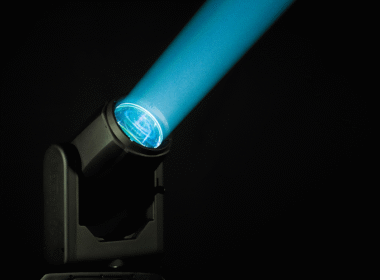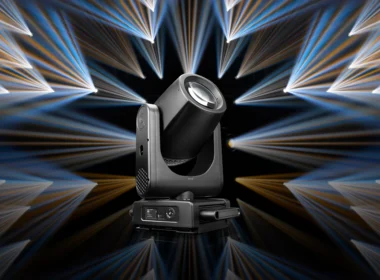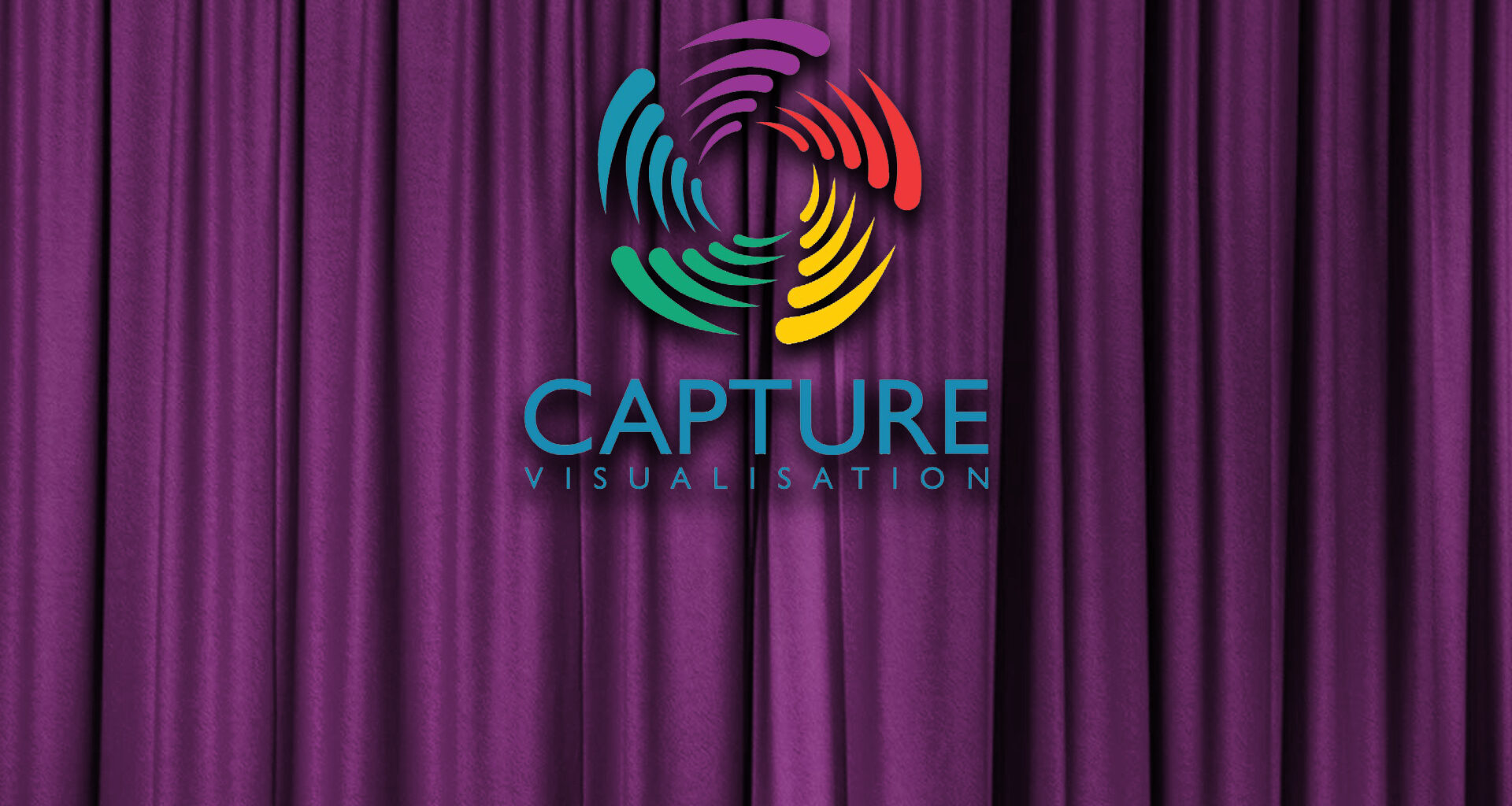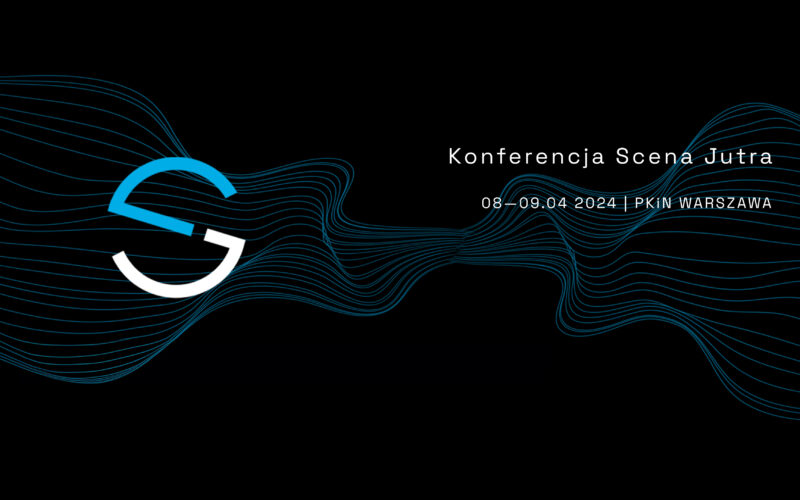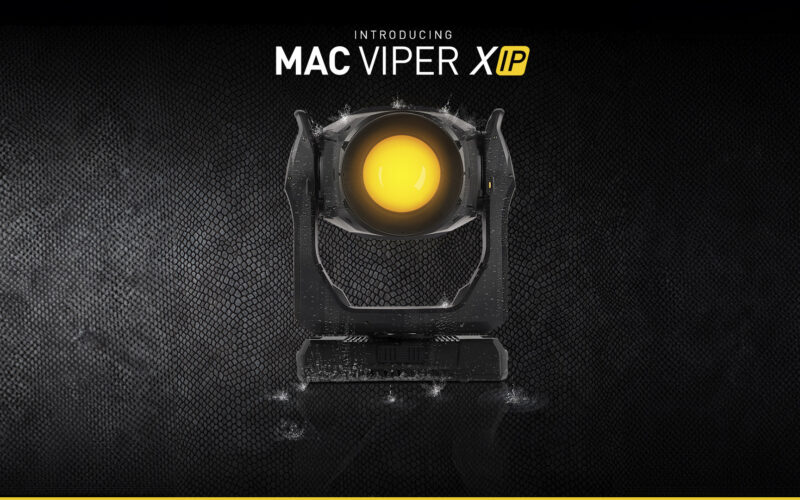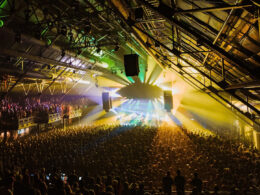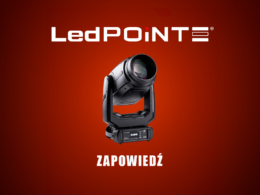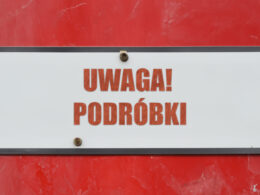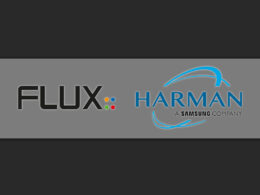I watch with interest as the Swedish company's software offers more and better every year. Myself, due to the fact that I'm terribly CAD-savvy, I haven't yet decided to switch to this software. Although I can't hide the fact that with each version I'm buying more and more, so maybe eventually I will too.
Last week saw the release of the latest version of Capture lighting creation and visualization software. Let's check out what's new in "2024".
General product changes.
At the very beginning we can notice a new licensing mode. From now on, we can manage our Capture licenses through our site account. A very big plus for this change - most work on the road and often on different units, or, you know... Moving licenses involved contacting the support - from now on we can unlimitedly flip our Capture between different computers without support intervention.
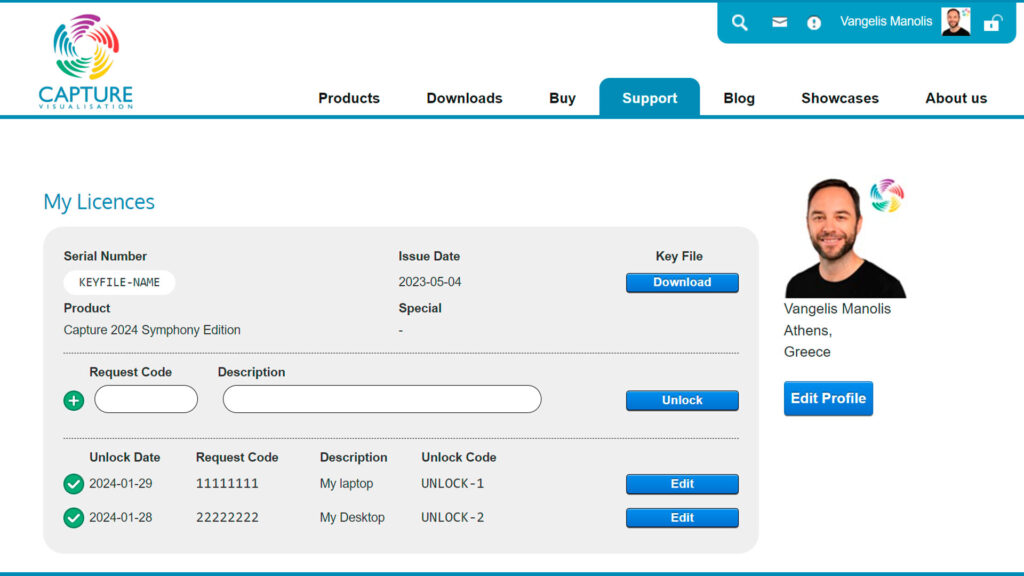
Design
Big changes have also gone into the design options. A fairly basic option in these types of softwares is the ability to impose your own graphics on the design screens to refer to when drawing a plot.
When I used Capture two years ago, it actually came to my attention that the uploaded overview drawing was only visible in visualizer mode - from now on, our boards are also visible in the design and plot creation window.
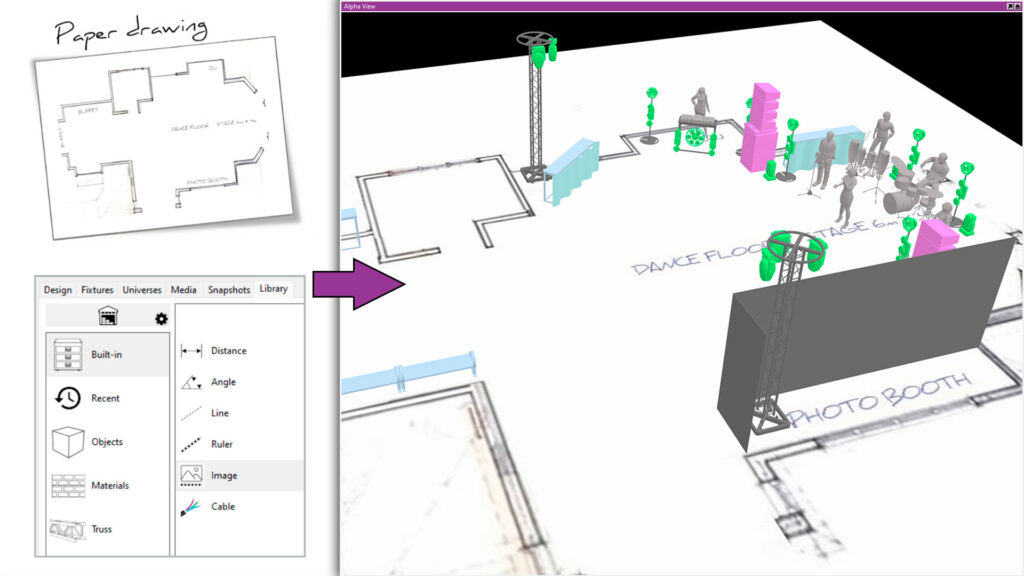
Integration with SketchUp files can be a big improvement - since the new version we can import them with all their contents. Such as groups, components, names, layers, and we even got support for alpha channels for textures.
A significant change affecting the convenience of work may be the replacement of objects with moving devices. Previously, this was done in such a way that when we imported a scene from other software we had to hang the devices manually. With the new feature, we can import the entire scene including device models, and in the program directly swap them from models to actual libraries, without having to set them up again.
Since I'm heavily CAD oriented I can't help but mention the new size scaling feature. Thanks to the improved DWG file import option - Capture has started reading the actual dimensions from the CAD file. After importing, we can edit drawings directly in the program without losing proportions.
As a whole, we still get such new features as new selection options for applied device models, layers for selected objects, a new dimensioning mode (something I really missed as I used to tentacle with Captur), circular snapping, and an upgraded device patching console.
Documentation
In documentation mode, we get several new functionalities such as (well, and here I will roughly list the most interesting ones, because there is no need to elaborate):
- Ability to add a report window in plot view straight from the project.
- Ability to change the perspective of a scene in plot view.
- Support for vertical line text
- New report for patch including univers and device mod
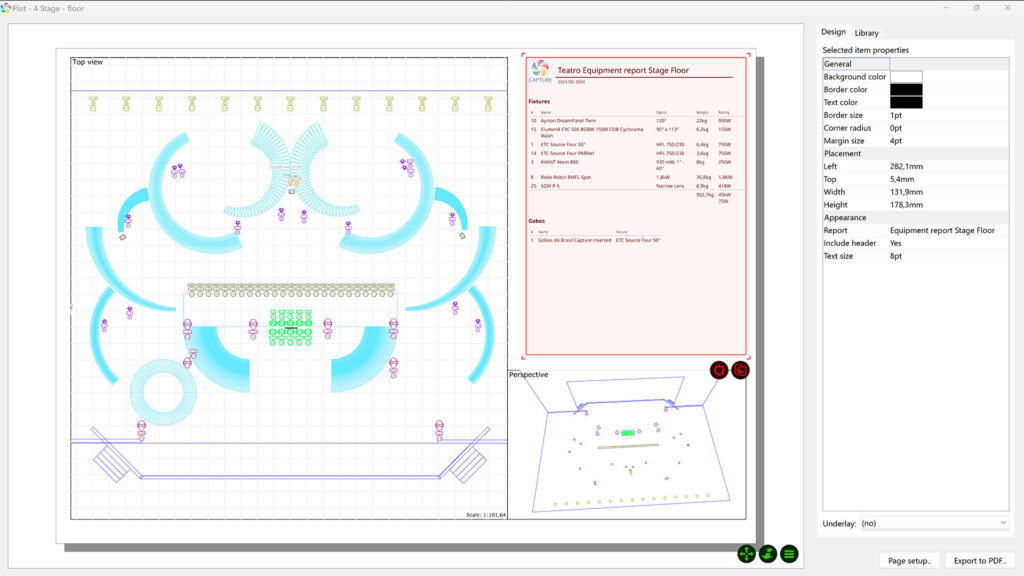
I have selected the most relevant to me from a practical matter, the full list is available on the manufacturer's website.
Visualization
This is the mode that captivated me perhaps the most in Capture. Thanks to the visualization of the Focus parameter, the accuracy of the visualization relative to reality, or the really rich library of devices. I'll mention here that the rendering is really very well optimized, and you don't need a 20K combo to run as such. With such it will just zap... and on a normal good comp it will enjoy smoothness.
Lots of interesting changes that prompt me to return to Captur again. These include improved beam sampling - which was already good. New support for LED devices using RGB+ color mixing mode. Here we get a new improved conversion engine for hue and color intensity.
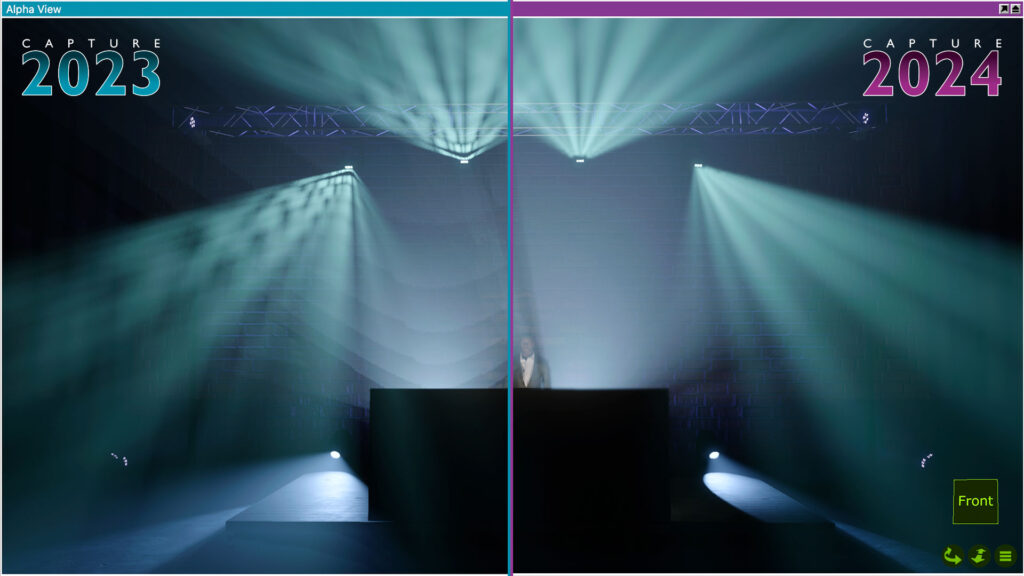
New beam rendering options that improve visualization also make sense. These include scaling gobos to the actual beam width. Prism has started to take into account the size of the angle of the light field, and attributes such as Focus and Frost are given on separate render masks, before the prism is applied. That is, as is done in most real devices. As in the image above, you can see the colossal difference of applying these changes.
A big change is also the implementation of curves for the zoom attribute. Thanks to this "upgrade", the visualizer will give us a more accurate representation of the speed of this parameter for the devices, and will not work zero-one.
Of course, there were some minor "enhancements". Since the new version we can import animated models in gITF format. We got more options for video rendering - we can change its quality, for better performance. Support for Windows HDR, media player has been expanded to 256 playlists (from 8 that were available in the previous version) and many other improvements that will significantly affect the smoothness of working with the software and its capabilities.
Are we in?
I make no secret of the fact that, studying carefully the changes that have taken place year after year, the Swedes have not sat down and picked their noses. From my perspective, Capture is becoming a viable alternative to these more expensive programs. Maybe it's time to think about buying one?
for more information: www.capture.se
Manufacturer: Capture Sweden



